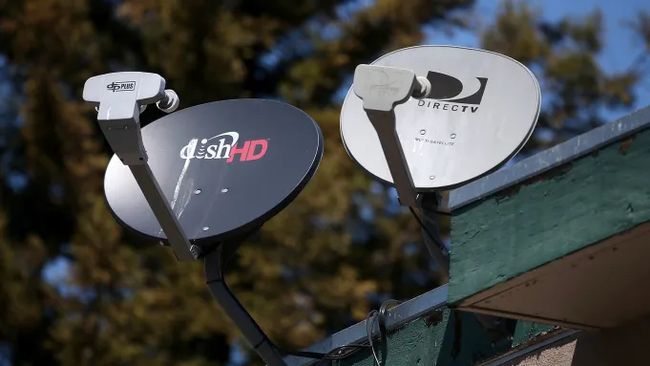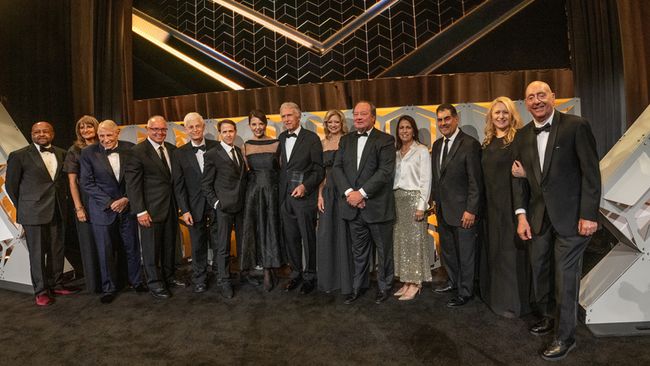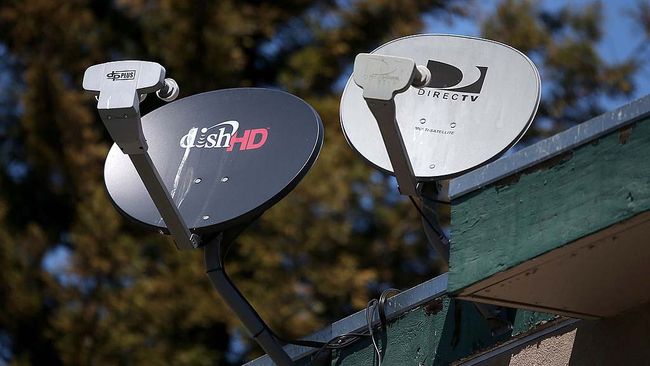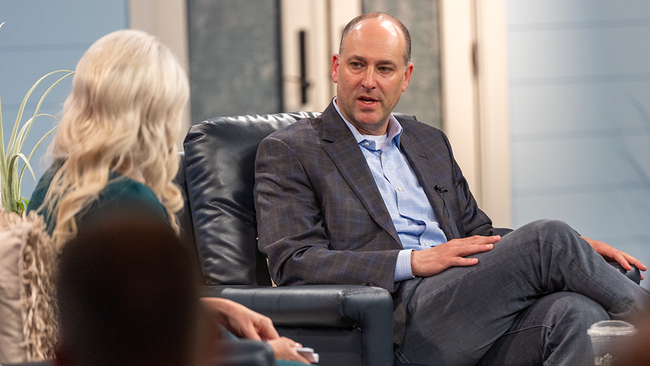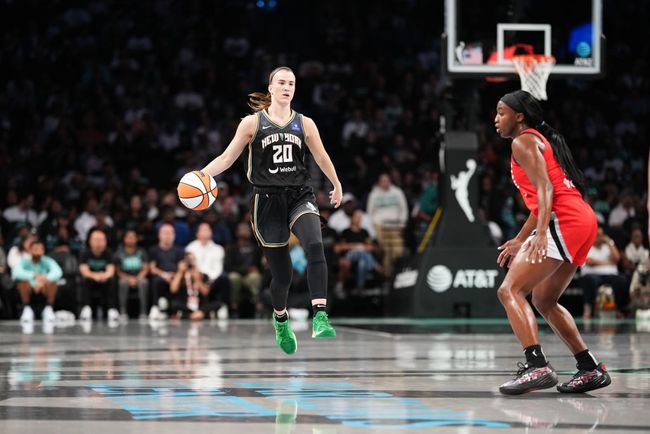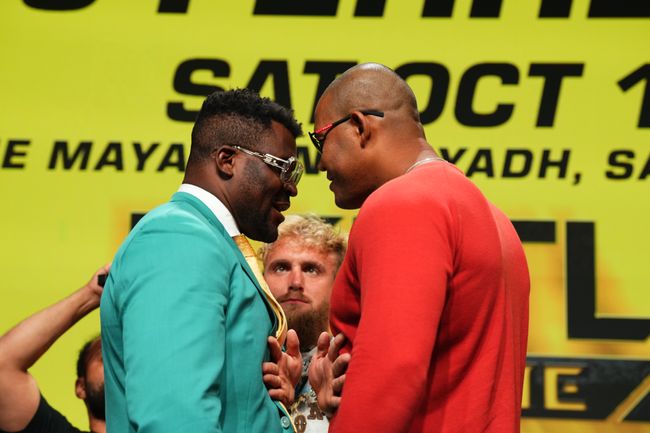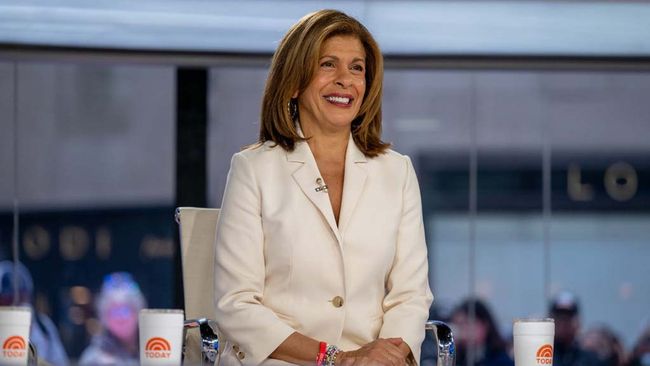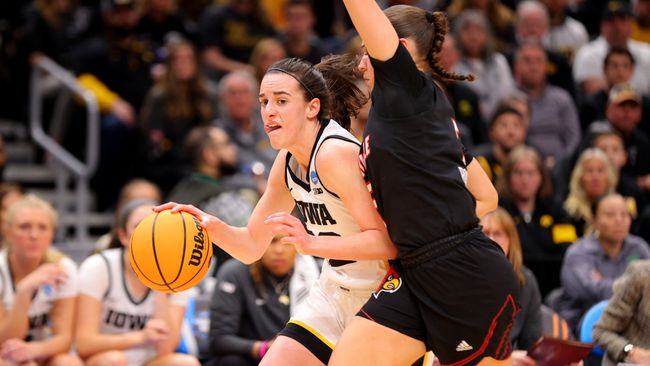‘Who’s on Fourth?’ That’s the Big Question in the Subscription Streaming Biz Right Now
Bloom: Why the slot just behind Netflix, Amazon and Disney is going to be worth billions of dollars to the companies fighting for market share in a brutal SVOD business
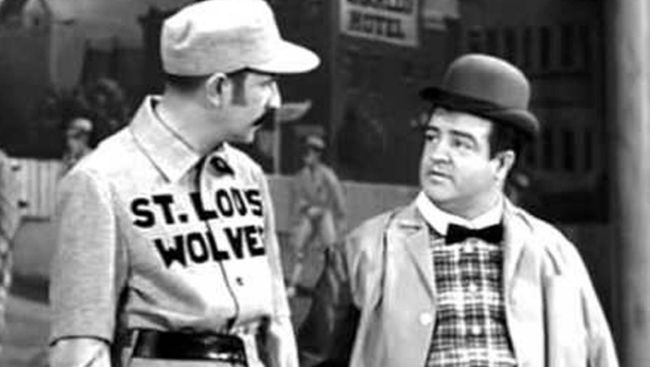
Back in the last century, comedy duo Abbott & Costello had a much-loved routine, honed in vaudeville then featured in their movies and TV appearances, called ‘Who’s on First?’ The pair riffed endlessly on Costello’s epic misunderstanding of the unusual player names on his new baseball team, as relayed by partner Abbott. Suffice it to say, I Don’t Know may have been the third baseman’s name, but Costello couldn’t figure out any of them.
These days, something of the same conversation is going on across streaming video. The difference? Media companies know who’s on first (Netflix), second (Amazon) and third (Disney). But the real question is who’s on, ahem, fourth in the list of most subscribed-to streaming services.
To quote Costello, I don’t know.
But answering that question is going to be worth billions of dollars to the companies fighting for market share in a brutal business. Such conversations were frequent topics at two big European media conferences this past several days, MIPCOM and Rome’s MIA Market, and well they should be.
It’s also a crucial question among analysts. ComScore’s latest, recalculated estimates of OTT viewing hours among both subscription and ad-supported services fueled a more granular analysis by LightShed Partners.
ComScore puts Netflix and YouTube Nos. 1 and 2, followed by Hulu, Amazon and Disney Plus. The good news for Nos. 1 and 2: they still absorb nearly half (47%) the time spent watching connected TV, down just two points in the U.S. market over the past 18 months.
“… connected TV is dominated by just two players that dwarf everyone else and who have held their market share despite rapidly growing competition,” the LightShed analysis reads. The two services have little in common other than their enormous breadth of content, and programming strategies designed to keep audiences onsite as long as possible.
NEXT TV NEWSLETTER
The smarter way to stay on top of the streaming and OTT industry. Sign up below.
Nos. 3, 4, and 5, meanwhile, haven’t done as well, with time-spent numbers on U.S. connected TVs “stagnating.”
“…Hulu, Disney Plus and Amazon’s Prime Video saw their share drop by nearly 20%, offsetting the surge in overall connected TV time spent,” according to LightShed.
“Each of the three services had essentially the same connected TV total time spent in June 2021 as they did in January 2020,” the report said.
The “shocking” part of the numbers, the LightShed analysts wrote, is that Disney Plus and Hulu saw big subscriber growth even as the total time spent watching the services flatlined. If such light usage continues, Disney may be challenged to further raise prices and drive profitability.
HBO Max is closing fast on Disney in market share, thanks to programming that appeals to a far wider audience than just lovers of princesses and spandex. HBO Max's heavy usage helps justify its steep subscription price, as do all those day-and-date releases of the Warner Bros. film slate.
Comcast’s Peacock, by contrast, had an “underwhelming” 1% market share, though that may be a function of ComScore’s inability to capture Peacock viewership on set-top boxes, where it functions as “essentially an improved VOD product …embedded directly into the menu,” LightShed wrote.
“A bit more concerning” was the absence of ViacomCBS’ Paramount Plus, which despite “a mountain of entertainment,” live sports, news, Star Trek spinoffs and other originals, just isn’t registering heavy usage.
By happenstance, ViacomCBS CEO Bob Bakish said Monday at a tech conference that he isn’t worried about his digital mountain’s competition.
“We believe the market is big enough that we'll have a material piece of it,” Bakish said. “We’ve been in the entertainment business for a long time. We believe in having clear, differentiated branded offerings. Not everyone else has a clear differentiation. I absolutely believe we'll be one of the winners. If you look at our momentum, our thesis is playing out.”
Yet another analyst, Digital TV Research, took a stab at predicting who’s going to be on first, second, and third some five years from now.
I’m always skeptical about such long-term projections in a wildly fluid business. That said, DTR predicts Disney will surpass Netflix for first, Amazon Prime Video is third, with iQiyi in China just ahead of HBO Max at fourth globally.
The crucial question of who’s on fourth among subscription services matters because that’s roughly where consumer wallets and appetites peter out, most studies suggest.
And if you’re on the wrong side of the Abbott Line (as I’m dubbing it), you’re probably consigned to numbing churn, steeper marketing and retention costs, and the likely need to spend even more for eye-catching originals.
So companies are trying to snag that fourth spot, even though many figure that the future Warner Bros. Discovery has dibs, especially if, as LightShed expects, it quickly folds Discovery Plus into HBO Max after the merger, to create a Netflix-scaled super service.
Comfortingly, the talk at the European shows wasn’t all about competing. Two other “C” words popped up: cooperating and complementing. Expect to see more of that, especially from the services scuffling around the bottom of the list.
As one pertinent example, Comcast and ViacomCBS announced joint project SkyShowtime, which launches next year in 20 European markets. Bakish said the deal allows both companies to carve out a presence in a batch of small to mid-sized markets, while conserving capital for a full-throated presence in the biggest markets.
At MIPCOM, Pluto TV GM Olivier Jollet said his ad-supported service complements, rather than kills off, legacy pay-TV. After all, to a traditional Pay-TV subscriber, Pluto feels a lot like another batch of free, ad-supported channels on their connected TV.
The most interesting tidbits out of Europe, however, might be from writer/director/producer Joe Russo, who with brother Anthony has made two of the five highest-grossing movies ever, for Disney.
These days, Russo’s AGBO production company is also working on a variety of streaming projects. One of the biggest so far was Extraction, which became Netflix’s most-watched original feature, and already has a sequel underway.
Big Movies are good, Russo said after a wide-ranging MIA keynote speech, but so too is Less Hassle, especially when it comes to getting a smaller project made and distributed. Streaming services are just easier to work with.
“I don’t see a resurgence of independent movies in theaters in the future. I just don’t,” Russo said. “You get more money to make them digitally. Less headaches. The easiest thing for Netflix to do is to greenlight a smaller film. What I’ve found, and what a lot of other filmmakers have found, is that nobody really bothers you. That’s an incredible experience to have.”
Incredible indeed, though it’s worth noting Russo also is making Netflix’s most expensive feature ever, The Gray Man with Ryan Gosling, Chris Evans, and $200 million of the streamer’s dosh.
AGBO also is experimenting with possibilities enabled by the deep, globally focused pockets of Nos. 1, 2, and 3. His company is creating an Amazon project led by a Hollywood-made feature, to be followed with localized spinoffs from multiple other markets.
“It has a flagship show that then has regional shows that are built around the core idea,” Russo said. “They’re complementary narratives. It’s regional talent producing and creating each one of those offshoot shows. It’s a big experiment in community and partnership.”
Thinking like that, using the resources and reach of the Big Three global streamers amortizing their costs everywhere, is exciting to ponder. Which of the other streamers is ready to do that kind of work with creators like Russo on a global scale? Maybe Lou Costello knows.
David Bloom of Words & Deeds Media is a Santa Monica, Calif.-based writer, podcaster, and consultant focused on the transformative collision of technology, media and entertainment. Bloom is a senior contributor to numerous publications, and producer/host of the Bloom in Tech podcast. He has taught digital media at USC School of Cinematic Arts, and guest lectures regularly at numerous other universities. Bloom formerly worked for Variety, Deadline, Red Herring, and the Los Angeles Daily News, among other publications; was VP of corporate communications at MGM; and was associate dean and chief communications officer at the USC Marshall School of Business. Bloom graduated with honors from the University of Missouri School of Journalism.

